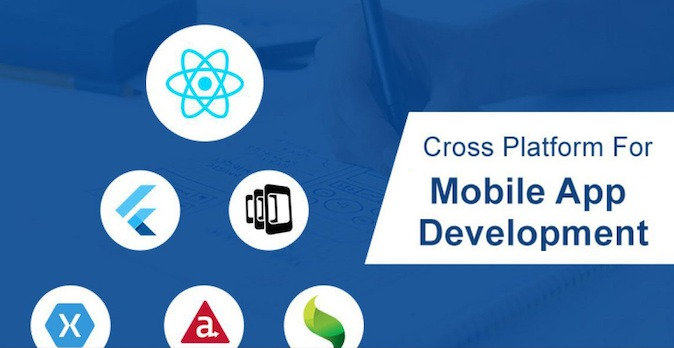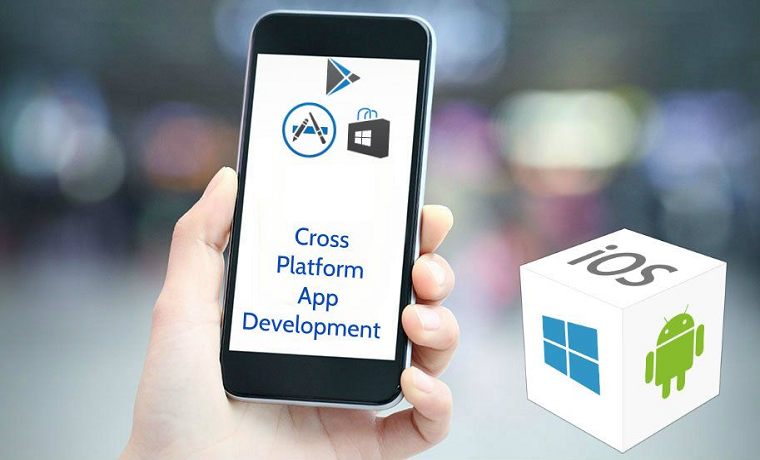A cross-platform mobile app is one that works on every major device. This is in contrast to an app that only works on Apple smartphones or Android devices. There are both pros and cons to this approach. We’re going to discuss the advantages of developing a cross-platform mobile app before recommending several tools used to build one.
What Are the Advantages of Developing a Cross-Platform Mobile App?
App development can be expensive. With cross-platform app development, you pay one fee and get an app that works on both Android and iOS devices. Depending on the tools they use, you could get an app that works on less commonly used devices like the Windows phone, too. It isn’t just phones. You see OTT cross-platform design and ux across mobile, web, and tv apps because a cross-platform app works just as well on a Roku Player as an Android phone as an iOS tablet. Then you don’t have to worry about your new OTT app working on a new type of smart TV.
Cross-platform mobile app lets you advertise your app to everyone and roll it out just once. This is invaluable if you’re trying to launch a new service, since you can’t afford to have half the interested new users unable to install and use it. The one-and-done development approach also gets you to market faster. As an added bonus, you have a consistent brand across all platforms. After all, you don’t have to worry about developers for the iOS and Android version keeping the user interface and built-in branding the same.
When you have a cross-platform mobile app, there is a single set of code that can be used on any platform. This makes it easier to reuse code if you need to update the app. On the other hand, you really can’t reuse code from the Apple App store version to create an Android version of the app.
What Are Some Popular Cross-Platform Mobile App Development Tools?

React Native
You can use almost any programming language, though Swift, Java, C and JavaScript are the ones most often used with React Native. It can support image editing and video content streaming apps. And you get a cross-platform app out of it.
Roku Direct Publisher
Roku Direct Publisher lets you create a Roku channel without any programming skills. That is its biggest benefit. You can combine it with almost any content delivery network or online video platform. The downside is that you only get a Roku channel out of it.
Xamarin
You have full access to native APIs and toolkits while creating the cross-platform app. This results in a cross-platform app that looks like one native to the OS, though it is a cross-platform app. This lets you keep shareable code while simplifying the process of updating the app when the OS changes. The downside is that you may only have 75% of the code for the Android and Google in common, and they can diverge over time if you aren’t careful. Then you’ve saved on initial development costs and could launch at once, but maintenance and support gets harder over time.
Flutter
This is a relatively new cross-platform app development tool. It was launched by Google in 2017. It lets you build apps that run on the web, computer desktops, iOS and Android devices. This means you could launch a software application people download as well as an app based on the same code. The downside is that it requires learning the Dart programming language to use. While this is similar to JavaScript, it isn’t the same as JavaScript. On the other hand, it is a good choice if you’re working with a lot of object-oriented databases.

